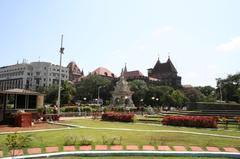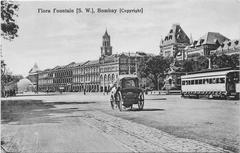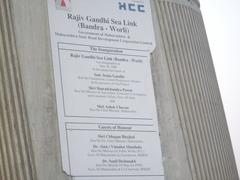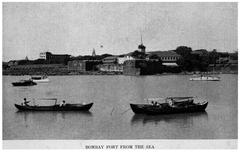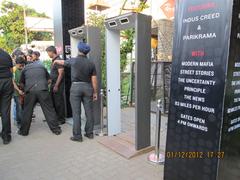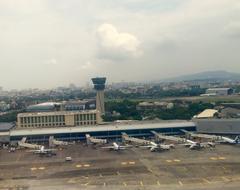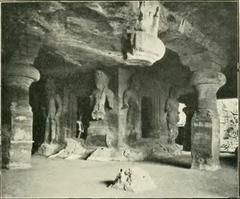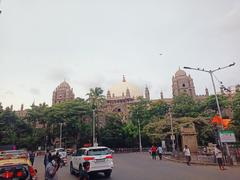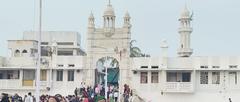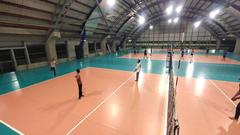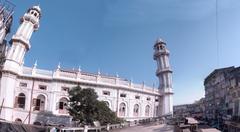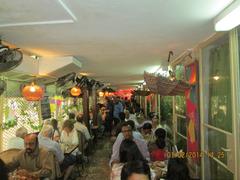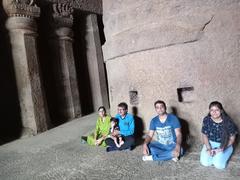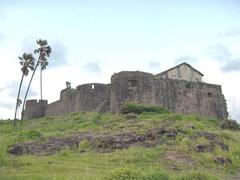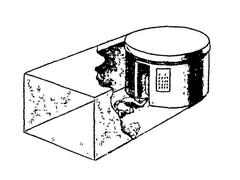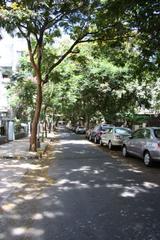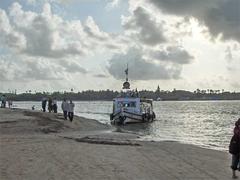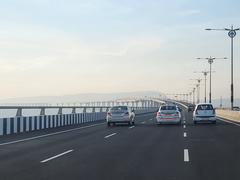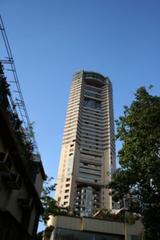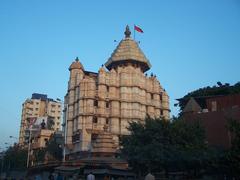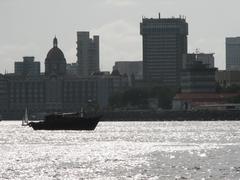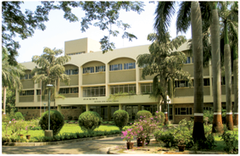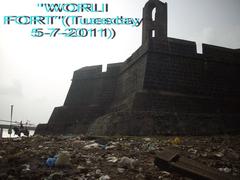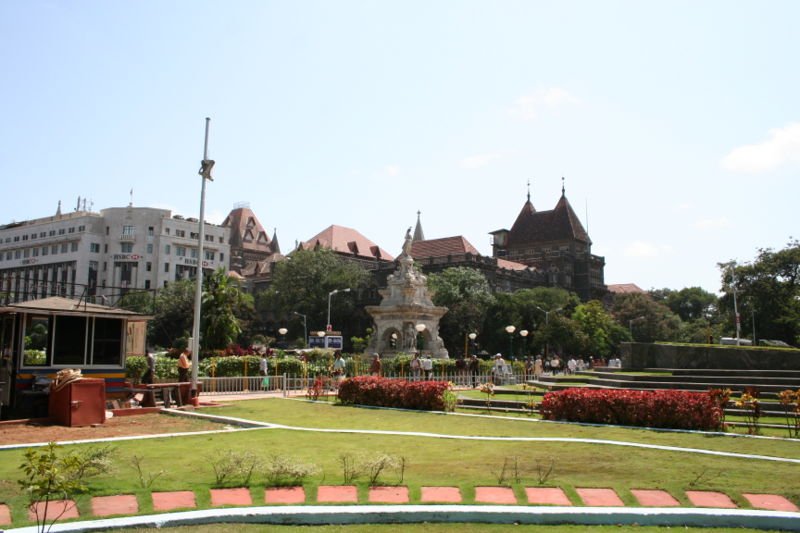
Flora Fountain Mumbai: Visiting Hours, Tickets, and Travel Guide
Date: 15/06/2025
Introduction
Flora Fountain is a remarkable heritage monument at the heart of Mumbai’s Fort business district. Built between 1864 and 1869, this elegant fountain is one of Mumbai’s most celebrated landmarks, symbolizing the city’s transformation from a colonial outpost into a modern metropolis. Designed by British architect Richard Norman Shaw and commissioned by the Agri-Horticultural Society of Western India, Flora Fountain combines Victorian Gothic and Indo-European architectural styles with intricate carvings and allegorical sculptures honoring Flora, the Roman goddess of flowers and spring (Victorian Web). More than just an architectural icon, Flora Fountain is a dynamic cultural and social nexus, situated at Hutatma Chowk (Martyrs’ Square), a site rich in historical memory and daily urban life (Wikipedia; Mumbai Tourism).
Today, Flora Fountain is freely accessible to the public, with no entry fee, and is a must-visit for history enthusiasts, architecture admirers, and cultural explorers alike. Restoration efforts, led by conservation experts, underscore the community’s commitment to preserving Mumbai’s heritage (BBC News; Mumbai Metro Times). Whether you’re captivated by colonial history, urban culture, or architectural artistry, Flora Fountain offers a captivating glimpse into Mumbai’s past and present.
Table of Contents
- Origins and Construction
- Symbolism and Architectural Style
- Urban Context and Civic Significance
- The Fountain Craze and Philanthropy
- Decline and Heritage Conservation
- Visiting Hours and Tickets
- How to Reach Flora Fountain
- Accessibility and Visitor Tips
- Nearby Attractions
- Frequently Asked Questions (FAQs)
- Preservation and Restoration
- Visitor Activities and Experiences
- Cultural and Social Significance
- Architectural and Historical Ambience
- Structural Composition and Materials
- Stylistic Influences and Ornamentation
- Integration with Urban Landscape
- Local Customs and Etiquette
- Events and Seasonal Highlights
- Visitor Challenges and Considerations
- Unique Experiences
- Summary and Final Tips
- Sources
Origins and Construction
Flora Fountain was conceived during a pivotal period in Mumbai’s urban development. As the city’s old fortifications were demolished in the mid-19th century to make way for new civic spaces, the fountain was envisioned as a centerpiece for the emerging commercial nucleus of colonial Bombay (Victorian Web). Designed by Richard Norman Shaw and sculpted from imported Portland stone, the fountain cost £9,000—a considerable sum at the time—funded by the Agri-Horticultural Society and philanthropic citizens, reflecting the era’s charitable spirit.
Symbolism and Architectural Style
Crowning the fountain is a statue of Flora, the Roman goddess of flowers and spring, symbolizing renewal and abundance. The design fuses elements of the Bombay Gothic style with Indo-European influences, evident in the 32-foot-tall, tiered structure adorned with mythological figures, dolphins, shells, and beasts (Victorian Web). Its eclectic ornamentation and placement among grand Gothic and Indo-Saracenic buildings anchor Flora Fountain as a defining feature of Mumbai’s heritage precinct.
Urban Context and Civic Significance
Strategically located at the intersection of D.N. Road, Veer Nariman Road, and Mahatma Gandhi Road, Flora Fountain marks the city’s transition from colonial fort to bustling metropolis. The fountain served not only as an ornamental centerpiece but also as a vital public water source before the advent of piped water, reflecting the dual function of many such structures in 19th-century Bombay (BBC News).
The Fountain Craze and Philanthropy
The late 19th and early 20th centuries saw a “fountain craze” in Bombay, with at least 50 fountains built across the city through philanthropic efforts. These structures, ranging from monumental to modest, offered free drinking water and demonstrated the civic-mindedness of Mumbai’s elite (BBC News).
Decline and Heritage Conservation
With the arrival of piped water, many fountains lost their practical role and fell into neglect. However, Flora Fountain retained its symbolic importance. Recent restoration efforts by architects like Vikas Dilawari and organizations such as the Kala Ghoda Association have meticulously revived the monument, restoring its waterworks and sculptural elements (BBC News; Mumbai Metro Times).
Visiting Hours and Tickets
- Visiting Hours: Accessible 24/7; best viewed during daylight hours for photography and safety.
- Entry Fee: Free of charge; no tickets required.
How to Reach Flora Fountain
- By Train: Closest to Chhatrapati Shivaji Maharaj Terminus (CSMT) and Churchgate stations, both a short walk away.
- By Bus: Numerous BEST buses stop nearby.
- By Taxi/Auto-rickshaw: Widely available throughout Mumbai.
Accessibility and Visitor Tips
The area surrounding Flora Fountain is pedestrian-friendly, with sidewalks and crossings. While generally accessible, some areas may pose challenges for visitors with mobility issues due to uneven pavements and traffic. Early mornings and late afternoons offer the most comfortable conditions for exploring and photographing the fountain.
Nearby Attractions
- Chhatrapati Shivaji Maharaj Terminus: UNESCO World Heritage Site with striking Gothic architecture.
- University of Mumbai: Featuring impressive Gothic Revival designs.
- Bombay High Court: Notable Indo-Saracenic style.
- Kala Ghoda Art Precinct: Cultural hub with galleries and cafes.
- St. Thomas Cathedral: The oldest Anglican church in Mumbai.
- Rajabai Clock Tower: Iconic city landmark.
- Jehangir Art Gallery and Marine Drive: Nearby for art and seaside experiences.
Frequently Asked Questions (FAQs)
Q: What are the visiting hours for Flora Fountain?
A: Open 24/7; visiting during daylight hours is recommended.
Q: Is there an entry fee or ticket?
A: No, it is free to visit.
Q: How do I get there by public transport?
A: Walk from CSMT or Churchgate stations; buses and taxis are also convenient.
Q: Are guided tours available?
A: Yes, many heritage walks and guided tours include Flora Fountain.
Q: Is it wheelchair accessible?
A: The area is mostly flat and accessible, but assistance may be needed due to uneven surfaces and traffic.
Preservation and Restoration
Recent restoration projects have meticulously cleaned and repaired the Portland stone, restored the waterworks, and installed subtle night lighting to accentuate the fountain’s features. These efforts, led by conservation architect Vikas Dilawari and supported by local authorities and heritage organizations, ensure Flora Fountain remains a vibrant symbol of Mumbai’s civic pride (Mumbai Metro Times; Architectural Digest).
Visitor Activities and Experiences
- Heritage Walks: Explore the Fort area’s history and architecture with knowledgeable guides.
- Photography: Capture the fountain’s intricate details during golden hours.
- Shopping: Enjoy the famed open-air book market and nearby Fashion Street for bargains.
- Culinary Experiences: Sample Mumbai street food at Khau Galli or relax at local cafes.
Cultural and Social Significance
Flora Fountain is a living symbol of Mumbai’s urban identity, serving as a meeting point, a site of civic protest (especially during the Samyukta Maharashtra movement), and a backdrop for cultural events. The adjacent Martyrs’ Memorial at Hutatma Chowk honors those who fought for Maharashtra’s statehood, reinforcing the square’s role in public memory (Wikipedia).
Architectural and Historical Ambience
Standing 32 feet tall and made from imported Portland stone, the fountain is crowned by the statue of Flora and adorned with classical and local motifs. Its construction and artistic details reflect a blend of Greco-Roman revivalism and Indian symbolism (Architectural Digest).
Structural Composition and Materials
The core structure, with its octagonal basin and concealed waterworks, was advanced for its era. The use of Portland stone ensured durability against Mumbai’s harsh monsoon climate (Architectural Digest).
Stylistic Influences and Ornamentation
Shaw’s design melds European classicism with indigenous touches—lion heads as water spouts, lotus motifs, and intricate carvings. The fusion of Western and Indian styles reflects Mumbai’s cosmopolitan identity (Trip.com).
Integration with Urban Landscape
Flora Fountain’s central location at a key five-point intersection connects it visually and symbolically to Mumbai’s most significant colonial-era buildings. The area’s designation as a heritage precinct preserves its unique character (Jessie on a Journey).
Local Customs and Etiquette
Dress modestly, especially when visiting religious sites nearby. Photography is generally permitted, but always ask before photographing individuals. Bargaining is expected in street markets.
Events and Seasonal Highlights
The square often hosts cultural events, art exhibitions, and public gatherings, especially during Mumbai’s festival seasons. The fountain is beautifully illuminated at night, adding to its charm.
Visitor Challenges and Considerations
- Crowds and Traffic: The area is busiest during weekdays; visit early morning or weekends for a quieter experience.
- Weather: November to February is most comfortable; monsoon season (June–September) brings heavy rains.
- Safety: Stay vigilant in crowds and protect valuables.
Unique Experiences
- Martyrs’ Memorial: Reflect at the adjacent monument.
- Book Market: Engage with local vendors and browse rare finds.
- Yoga and Meditation: Nearby parks offer tranquil spaces.
Summary and Final Tips
Flora Fountain is a living emblem of Mumbai’s layered history, architectural splendor, and vibrant city life. Freely accessible and centrally located, it is both a visual delight and a gateway to exploring surrounding heritage sites. Restoration efforts have ensured its continued prominence, and its role as a social and cultural hub remains undiminished. Enhance your visit by joining a guided heritage walk, exploring the book market, and taking in the city’s unique urban atmosphere. For personalized guides and audio tours, download the Audiala app and follow official Mumbai tourism channels.
Sources
- Victorian Web: https://victorianweb.org/art/architecture/normanshaw/21.html
- Wikipedia: https://en.wikipedia.org/wiki/Flora_Fountain
- Mumbai Tourism: https://mumbaitourism.travel/flora-fountain-mumbai
- BBC News: https://www.bbc.co.uk/news/world-asia-india-40847731
- Mumbai Metro Times: https://www.mumbaimetrotimes.com/flora-fountain/
- Trip.com: https://www.trip.com/travel-guide/attraction/mumbai/flora-fountain-22864956/
- Mumbai Tourism Official Website: https://www.maharashtratourism.gov.in
- Mumbai Heritage: https://mumbaiheritage.org/flora-fountain
- Architectural Digest: https://www.architecturaldigest.in/magazine-story/restoration-flora-fountain-asiatic-library-mumbai/
- Jessie on a Journey: https://jessieonajourney.com/solo-travel-mumbai/
- SameDayAgraTour: https://www.samedayagratour.co.in/things-to-do-in-churchgate/
- TourTravelWorld: https://www.tourtravelworld.com/india/mumbai/flora-fountain.htm
- Sea Water Sports: https://www.seawatersports.com/places/mumbai/flora-fountain-in-mumbai
For official updates, visit the Mumbai Tourism Official Website and Mumbai Heritage.
